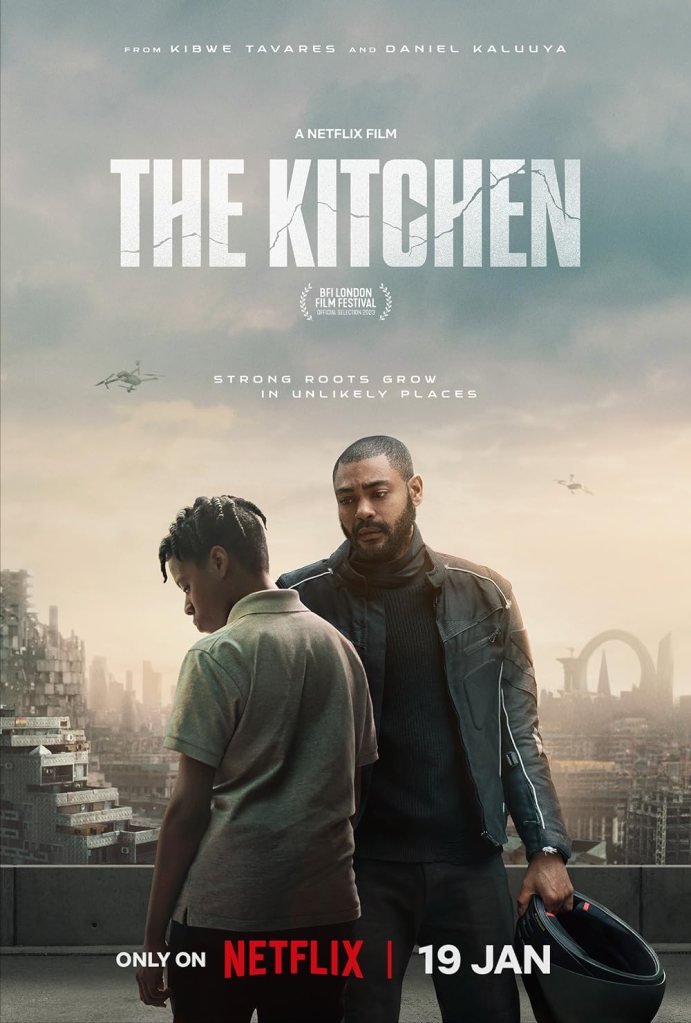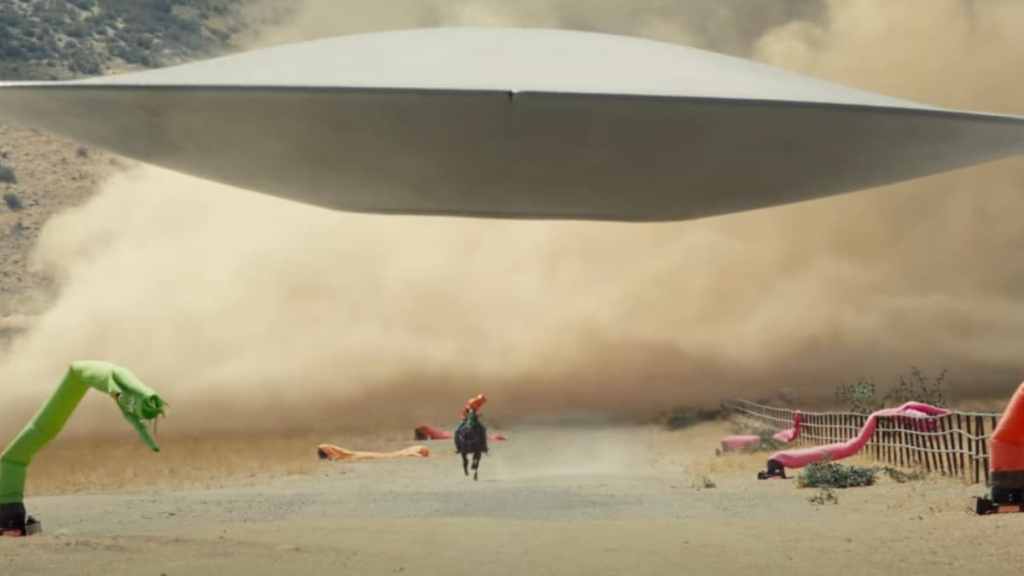From all the hype it seemed inevitable and indeed came to pass: Christopher Nolan’s film Oppenheimer won various Best categories at the Oscars on Sunday night. I just want to reiterate why I think it’s a really bad movie (I blogged about it just after I saw it too). Specifically, I do not understand why Nolan gets a pass on the gender politics of Oppenheimer while inches and hours are spent dissecting Barbie.
I haven’t seen anything written about the masculinity that’s embedded in and celebrated by Oppenheimer. But the Oppenheimer character in the movie deserves some attention in those terms, I think, because he seems to me to be doing quite a lot of advocacy not just for Oppenheimer as a historical figure, but also on behalf of contemporary digital tech innovators. For all Cillian Murphy’s excellence as an actor, the character he is given is a cipher for the genius-inventor that seems very common right now in digital dude world: the scientific genius who invents something incredible (“moves fast and break things”), then gets to perform being really worried about that invention (“oops”), and then gets to decide to be the saviour who will prevent the rest of us from being harmed by his invention (“here is the oversight board I’ve convened”). It’s all about him. Genius, Tortured Genius, Genius-with-a-Conscience. This is exactly the position occupied by the contemporary techbro elite running corporations from Meta to OpenAI, who invent whatever and then want to work out how to manage its downsides themselves, while sacking the people (often women of colour) who have done the actual work of pointing out the problems with their creation.
This Genius-multiple position is one that only certain kinds of men can occupy. Indeed, Oppenheimer clearly demonstrates that being any variety of genius also makes you incredibly attractive to the ladies: the very few women in the film are all loyal to Oppenheimer regardless of what he does – abandon them, betray them – they even die for him! Yay!!! As for that ENTIRELY gratuitous scene of a lover writhing in Oppenheimer’s lap during a legal hearing while his wife looks on… unbelievable. It basically suggests that we live in a world in which a key scene in a major movie that shows a Genius being taken down a peg or two (mistakenly, of course) nevertheless has to reassure us that his masculinity is unscathed because he has not one but two women desperate for him, one of which actually is. In the room. No, sorry, in his fantasy. Except, since we can all see her, also in the room. Seriously???
Several reviewers have pointed out that Oppenheimer was a rather different character from the man in the film. And of course it’s a movie, not a historical document. But that makes its fictionality all the more important. Why is Oppenheimer the best movie now? What is it showing us, exactly? I think it’s so successful precisely because it’s a fantasy – a beautifully-made, visually striking fantasy – of a form of white masculinity that remains very powerful, and its enthusiastic endorsement at the Oscars speaks to that power.
Nolan has never been good at making the women in his films actual characters of course. But perhaps this new low actually speaks to something that Sarah Banet-Weiser and Kathryn Claire Higgins discuss in their recent book Believability. In that book, they argue that the current moment is definitely one in which a certain kind of hero masculinity is asserting itself, but in their analysis this is because it is also a moment in which, sometimes problematically, criticisms of straight white patriarchy are increasingly making themselves heard. So perhaps Oppenheimer should be seen as not only as a celebration of the tech bros, but also as a symptom of their anxiety that their control of the world might be slipping… perhaps. We can but hope.








